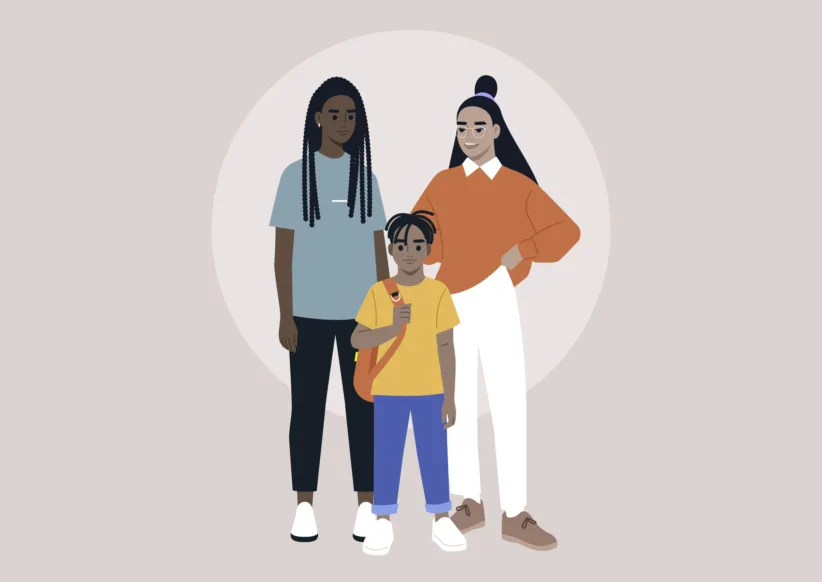Not to be confused with hoof and mouth disease, a very nasty disease that affects cattle, hand, foot, and mouth is a virus that your toddler or preschooler (and sometimes even older children) may contract this spring. You’ll want to be on the lookout for a variety of symptoms, of which your child may experience some or all. Be prepared for your children to have completely different symptoms.
What exactly is hand, foot, and mouth disease?
Hand, foot, and mouth disease is a highly contagious viral illness most prevalent during the spring and fall seasons. It usually affects infants and children younger than 5 years of age. It has a wide variety of symptoms, including fever, sore throat, vomiting, reduced appetite, sores, and red bumps. The child may have a variety or all symptoms, or may carry and pass the virus with no symptoms at all. There is currently no vaccine to prevent it, and not much that can be done once the child has it, beyond keeping them comfortable and waiting it out.
How serious is it?
It’s more gross than serious, and the itching can be extremely irritating. It can cause high fever, and a large concern for many is the child becoming dehydrated and not eating if the sores in their mouths and throat hurt too badly. (In rare cases, they can develop some very scary, fatal complications — like brain inflammation and polio-like diseases.)
A week or two after the virus is gone, your child may lose his fingernails and toenails and may also have the skin peel off of his hands and feet.
How does it spread?
It is highly contagious and can be passed through mucus, saliva, the blister fluid, and feces. You are most contagious for the first week. Children can get it by:
• Close contact, such as kissing, hugging, or sharing cups and eating utensils.
• Coughing and sneezing.
• Contact with feces, for example when changing a diaper.
• Contact with blister fluid.
• Touching objects or surfaces that have the virus on them.
How long should your child stay home from school?
Follow all fever rules — don’t send them to school within 24 hours of the fever.
Watch the blisters. If they have oozing blisters that can’t be covered, keep them home.
For little ones, keep them home until it’s cleared up, if that’s possible. There’s no need to infect other children.
Treatment:
It’s a virus, and, unfortunately, just has to run its course. However, the pain and discomfort can be treated with over-the-counter, age-appropriate fever reducers and pain relievers.
Prevent dehydration with plenty of fluids.
Ice cream, Jell-O, and Popsicles can soothe sore throats.
Can it be prevented?
To prevent the spread of hand, foot, and mouth disease, follow the same protocol as you would for preventing flu or any other virus:
• Wash hands frequently with warm, soapy water.
• Avoid contact with infected people.
• Disinfect surfaces regularly if someone has been sick.
Will my child get this more than once?
Very generally speaking, once your child has had it, he should build an immunity.
However, there are multiple strains, and it is possible that your child could become ill again with a different strain.
Visit the Centers for Disease Control and Prevention, www.cdc.gov, for all you could possibly want to know about hand, foot, and mouth disease.
Alexa Bigwarfe is the mother of three small children. She has taken a special interest in child, maternal, and newborn health and writes regularly on these topics.





















